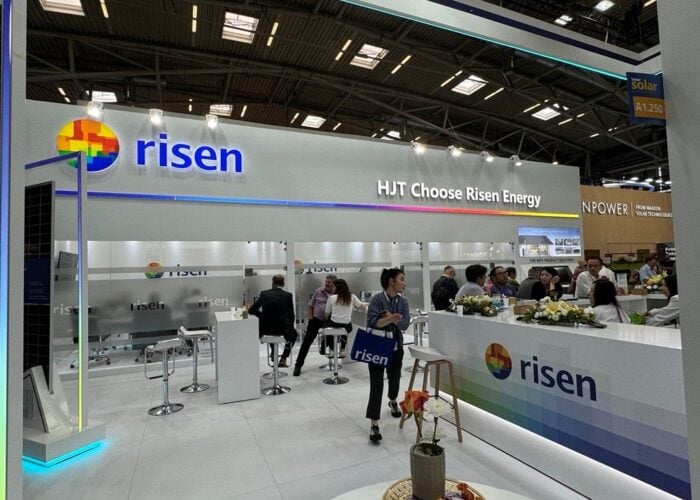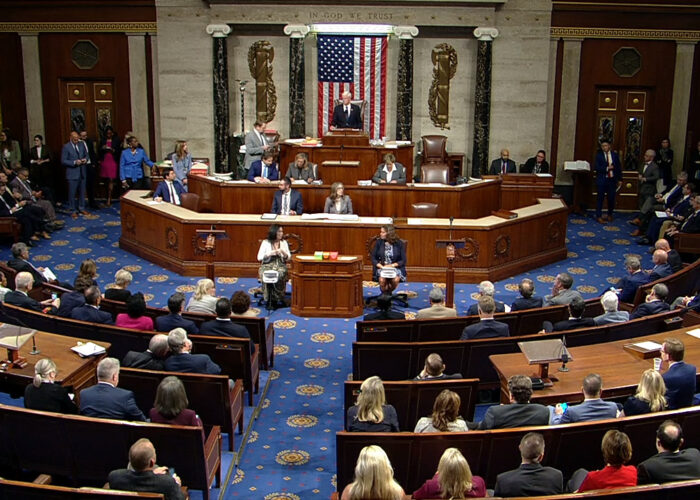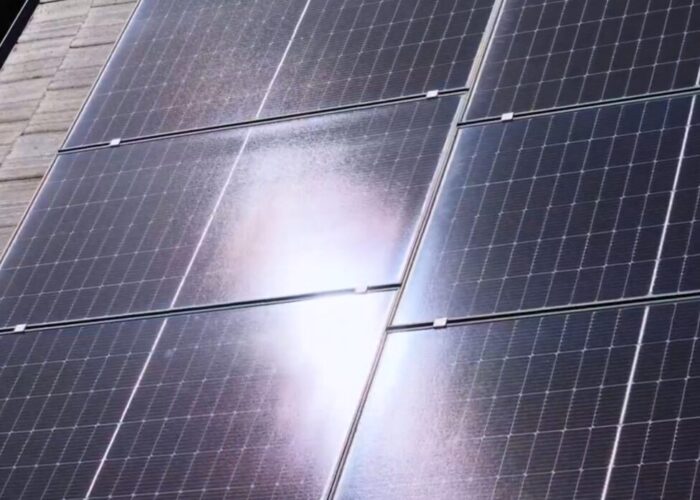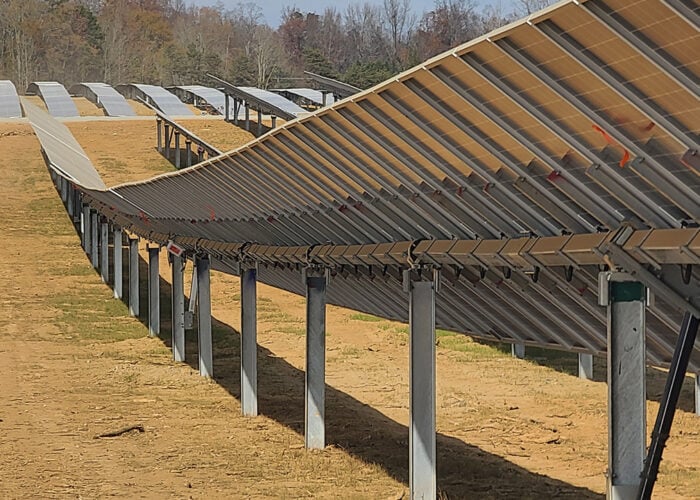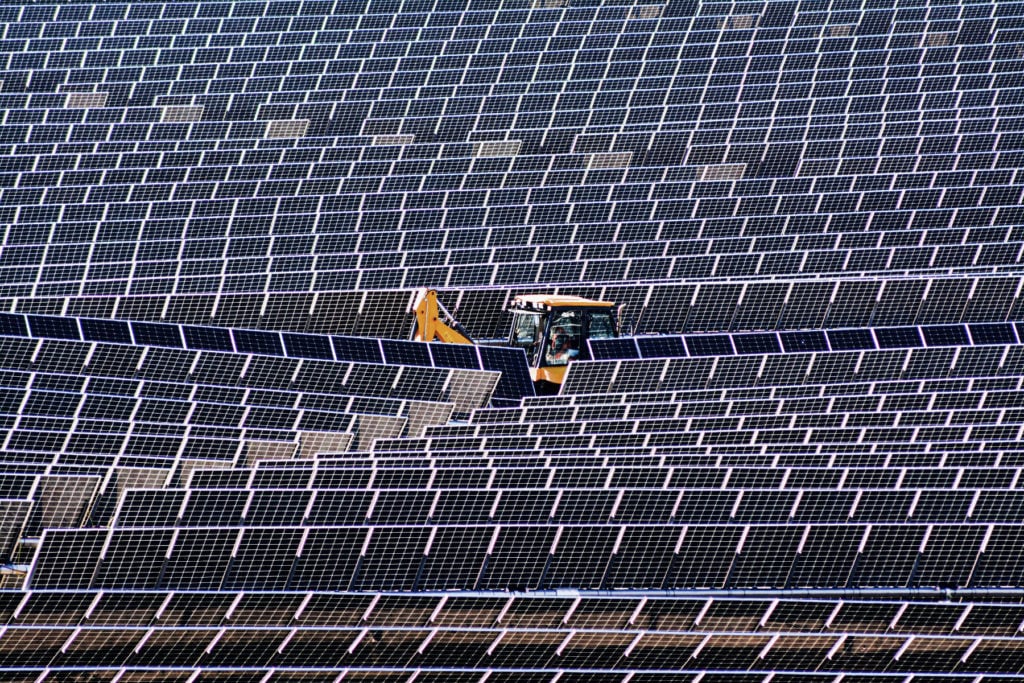
The world’s total solar capacity will reach 2,044GW by 2031, with China continuing to lead the way in deployment, making up nearly half (47%) of the world’s 1,190GW net solar capacity additions through to 2031, according to research firm Fitch Solutions.
Fitch forecast that total installed solar power capacity globally will rise from 836GW at the end of last year to 2,044GW by 2031, pushing up solar’s share of the global power mix by more than six percentage points from 27.5% in 2021 to 33.9% by 2031.
Unlock unlimited access for 12 whole months of distinctive global analysis
Photovoltaics International is now included.
- Regular insight and analysis of the industry’s biggest developments
- In-depth interviews with the industry’s leading figures
- Unlimited digital access to the PV Tech Power journal catalogue
- Unlimited digital access to the Photovoltaics International journal catalogue
- Access to more than 1,000 technical papers
- Discounts on Solar Media’s portfolio of events, in-person and virtual
Moreover, solar PV will experience greater growth in capacity than other power types over Fitch’s forecast period, making up 43% of all capacity additions globally from 2021-2031.
Mainland China will drive much of this growth. Fitch predicts that China’s solar market will “remain the fastest expanding solar sector in the world”, adding 559GW over the coming decade.
It did note, however, that in order to achieve such growth, China would have to execute planned investments into regional interconnections and modernisation or risk significant downside potential to its growth.
“We expect Mainland China to dominate the global solar power sector throughout our forecast period, outperforming for both total capacity and generation,” said Fitch Solutions, which recently said that every leading renewables market, bar China, will miss renewables targets set for this decade unless pipelines are expanded and policy strengthened.
“The government has taken action to ensure that its policies facilitate the integration of renewable energy into the market’s power mix, an increasingly important factor as it transitions towards a subsidy-free renewables sector.”
As a region, Asia will host more than 60% of all growth in global solar capacity, although the vast majority of this will come from Mainland China, and Fitch noted how “many Asian markets have introduced tendering schemes and offered state support mechanisms exclusive to renewables such as solar power”.
“Additionally, the region has high solar irradiation rates and is home to many of the world’s leading solar component manufacturing hubs,” said Fitch. “This will improve solar generation efficiency through production, driving project development costs down and improving the cost-competitiveness of solar.”
The next top markets by net solar capacity additions by 2031 are the US (~140GW), India (95GW), Germany (65GW) and Japan (40GW), followed by Brazil, Spain and Vietnam.
While China, the US and India are expected to account for 66% of all solar capacity additions through to 2031, another 45 markets each are set to register 1GW or more of capacity growth over the same timeframe, which Fitch said highlights the how solar was a globally attractive technology.
Collectively, Asia, North America and Western Europe will drive growth in solar additions, deploying well over 90% of the world’s total net solar capacity additions by 20231, Fitch predicted, as some regions reinforce their market dominance and increasingly streak ahead in the renewables game.


